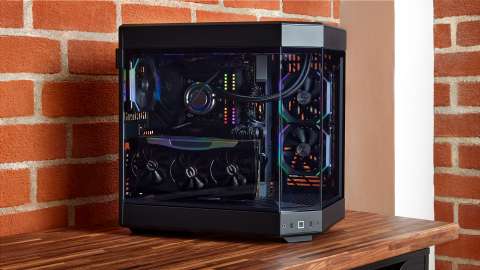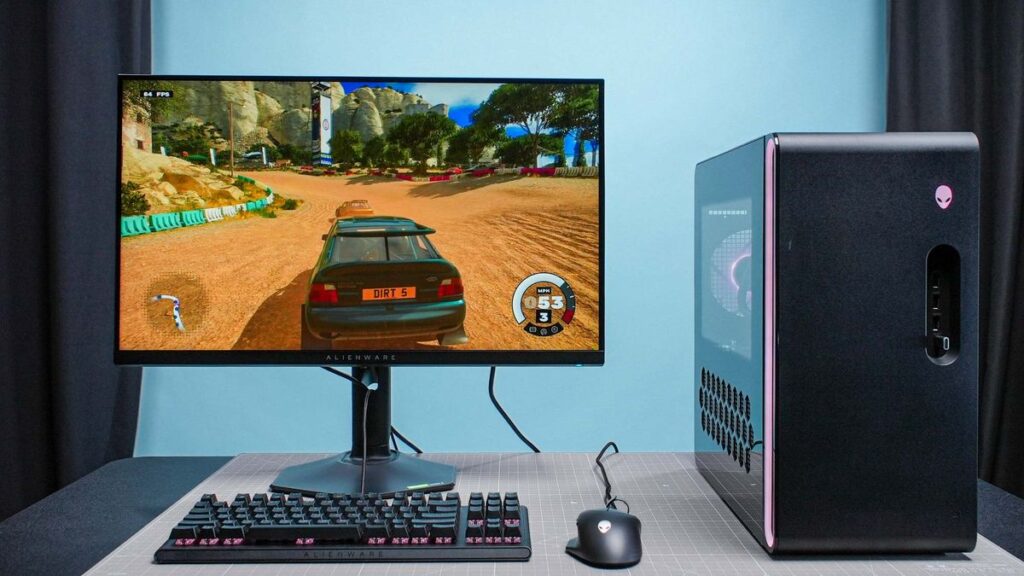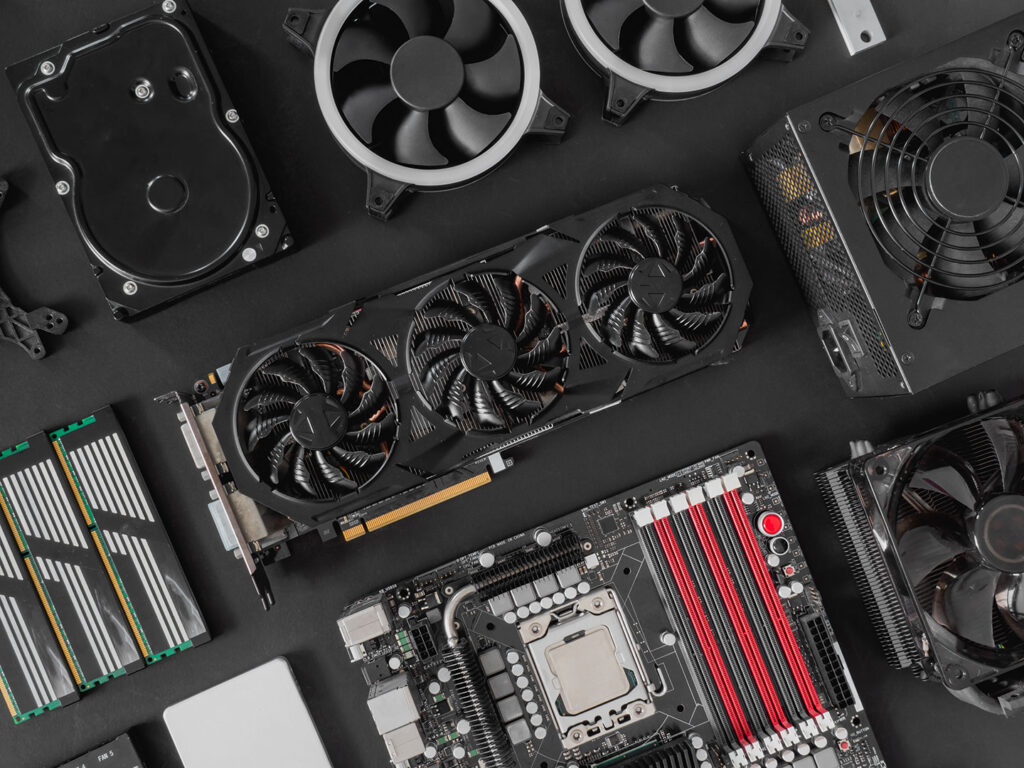
A Step-by-Step Guide
Building your own PC at home is an exciting and rewarding experience that lets you create a machine tailored to your specific needs. Whether you’re a gamer, content creator, or someone looking for a powerful workstation, assembling a PC at home can save money and provide a better understanding of how computers work. Here’s a comprehensive guide to help you navigate the process from start to finish.
Why Build a PC at Home?
There are numerous benefits to building a PC at home.
- Customization: Choose components that match your requirements and budget.
- Cost Efficiency: Avoid the markup on prebuilt PCs.
- Performance: Ensure each part complements others for optimal performance.
- Learning Experience: Gain insight into how computers function, making future upgrades or repairs easier.
Step 1: Plan Your Build
Before diving into the actual assembly, take time to plan your build. Consider the following:
- Purpose:Identify what the PC will primarily be used for—gaming, video editing, or general use.
- Budget: Decide how much you’re willing to spend. This will guide your component selection.
- Compatibility: Ensure all components work together seamlessly.
Use websites like PCPartPicker to check compatibility and get a clear overview of your build.
Step 2: Gather the Necessary Components
Here’s a list of the essential parts for your PC build:
- CPU (Processor): The brain of your computer. Choose between brands like Intel and AMD based on your needs.
- Motherboard: The central hub that connects all components. Ensure it’s compatible with your CPU and other parts.
- RAM (Memory): Affects the speed and efficiency of your PC. 16GB is a good starting point for most users.
- Storage: SSDs are faster and more reliable than HDDs. Consider an NVMe SSD for the operating system and a larger HDD for bulk storage.
- GPU (Graphics Card): Essential for gaming or graphic-intensive tasks. Nvidia and AMD are the leading brands.
- Power Supply Unit (PSU): Provides power to all components. Choose a reliable brand with sufficient wattage.
- Case: Houses all components. Pick one with good airflow and cable management options.
- Cooling System: Necessary for keeping the CPU and GPU cool. Options include air and liquid cooling.
- Peripherals: Monitor, keyboard, mouse, and speakers or headphones are also required if you don’t already have them.
Step 3: Assemble Your PC
Follow these steps to assemble your PC at home:
1. Prepare Your Workspace
- Choose a clean, flat surface with plenty of space.
- Gather your tools, including a screwdriver.
- Wear an anti-static wrist strap to prevent static electricity from damaging components.
2. Install the CPU
- Open the CPU socket on the motherboard by lifting the lever.
- Align the CPU with the socket using the notches as a guide.
- Gently place the CPU into the socket and lower the lever to secure it.
3. Attach the CPU Cooler
- Apply a small amount of thermal paste (if not pre-applied) to the CPU.
- Secure the cooler onto the CPU following the manufacturer’s instructions.
- Connect the cooler’s power cable to the motherboard.
4. Install RAM
- Identify the correct RAM slots using the motherboard manual.
- Align the RAM sticks with the slots and press firmly until they click into place.
5. Mount the Motherboard in the Case
- Install standoffs in the case to prevent the motherboard from touching the case.
- Align the motherboard with the standoffs and secure it with screws.
6. Install the Storage Drives
- Insert SSDs or HDDs into their respective bays.
- Secure them with screws and connect the SATA cables to the motherboard.
7. Install the GPU
- Remove the expansion slot covers from the case.
- Align the GPU with the PCIe slot on the motherboard and press down until it clicks.
- Secure the GPU with screws and connect the necessary power cables.
8. Connect the PSU
- Place the PSU in its designated slot in the case.
- Connect power cables to the motherboard, GPU, and storage drives.
- Tidy up cables using zip ties for better airflow.
9. Connect Case Fans and Front Panel Connectors
- Attach case fans to the motherboard or PSU.
- Connect front panel cables (power button, USB ports, etc.) following the motherboard manual.
Step 4: Power On and Install the Operating System
- First Boot:
- Plug in the power cable and switch on the PSU.
- Turn on the PC and check if all components are running.
- If there’s an issue, refer to your motherboard’s user manual for troubleshooting.
- Install the OS:
- Use a bootable USB drive to install your preferred operating system (e.g., Windows, Linux).
- Follow the on-screen instructions to complete the installation.
Step 5: Optimize and Enjoy Your Build
- Update Drivers: Install the latest drivers for your GPU, motherboard, and other components.
- Stress Test: Use tools like Prime95 or FurMark to ensure stability and performance.
- Customize Settings: Adjust BIOS settings for better performance and enable features like XMP for RAM.
Tips for a Successful Build
- Take Your Time: Rushing can lead to mistakes.
- Stay Organized: Keep screws and small parts in a safe place.
- Consult Manuals: Refer to the manuals provided with your components.
- Double-Check Connections: Ensure all cables and components are securely connected.
Conclusion
Building a PC at home might seem daunting at first, but it’s a manageable task with the right guidance. By following these steps, you’ll not only create a powerful and personalized computer but also gain valuable skills and knowledge. So gather your tools, plan your build, and dive into the rewarding world of PC assembly. With patience and attention to detail, you’ll soon have a custom-built machine that’s ready to tackle any challenge.









Leave a Reply